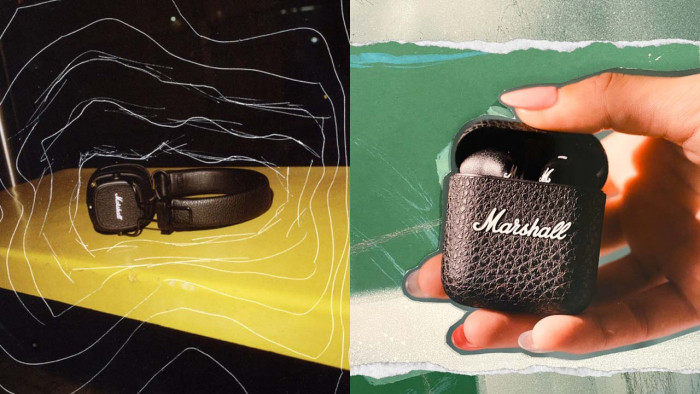NASA Thinks There Could Be A Life-Filled Ocean On Saturn's Moon
NASA Thinks There Could Be A Life-Filled Ocean On Saturn's Moon


Now steady on there - NASA isn't about to declare that E.T. and his posse have hiding out on Saturn's moon. But there may be something lurking beneath...
Because if we find life within our own solar system, there's a very good chance it'll be hiding until the icy mantle of Enceladus.
NASA's Cassini mission (launched in 1997, orbiting around Saturn and its moons since 2004) has confirmed that Enceladus, the sixth-largest moon of Saturn (of which there are 62), has a 'global ocean' sitting beneath a frozen surface.

Cassini hasn't landed on the moon in order to conduct any studies - it's all about the way that Enceladus 'wobbles' around.
"Researchers found the magnitude of the moon's very slight wobble, as it orbits Saturn, can only be accounted for if its outer ice shell is not frozen solid to its interior, meaning a global ocean must be present," reports NASA.
'So what?'
Well, the Cassini probe had already picked up some water vapor coming off the moon, but NASA was unsure if the water was an indication of one isolated pool, or a much larger ocean.
"The finding implies the fine spray of water vapor, icy particles and simple organic molecules Cassini has observed coming from fractures near the moon's south pole is being fed by this vast liquid water reservoir."
'And?'
We're getting to that. What this means is that the moon's liquid layer has never frozen, which means that it could have provided the perfect warm, fluid, mineral-filled environment to bring forth life for a several millennia. Not big life, but tiny DNA-based life.
"This is a major step beyond what we understood about this moon before, and it demonstrates the kind of deep-dive discoveries we can make with long-lived orbiter missions to other planets," said co-author Carolyn Porco.
'What now?'
Cassini is scheduled to make a close flyby of Enceladus on 28 October, allowing it to gather even more data in the mission's deepest-ever dive through the moon's active plume of icy material, passing 49 kilometres from the moon's surface. With this new information, NASA might well start hypothesising plans to send something that could visit the moon and investigate its watery layer further.
Speculative? Hugely. Exciting? Very.
[Via: NASA]








